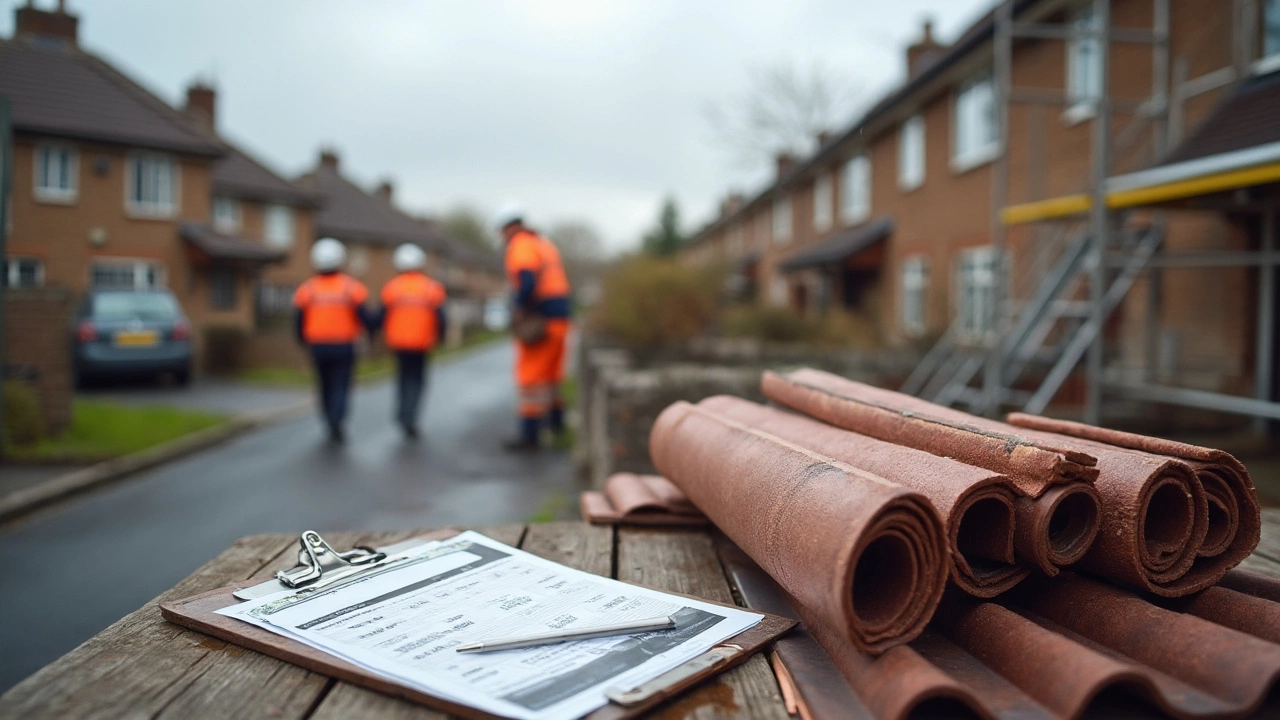Ever wondered why roof work costs so much? This article breaks down exactly where your money goes when you need a roof repair or replacement. We talk about materials, labor, insurance, and real risks roofers face every day. You'll also get simple tips on how to keep costs down and spot a fair deal. If a new roof is on your horizon, this guide helps you plan and stay informed.
Roofing Costs: What You Need to Know Before You Start
Thinking about a new roof? You’re probably wondering how much it will set you back. The answer isn’t one‑size‑fits‑all, but you can break it down into a few easy pieces: materials, labour, roof size, and any extra work like insulation or flashing.
First off, material choice makes a huge difference. Asphalt shingles are the cheapest, usually $50‑$70 per square metre installed. Metal roofs sit around $100‑$150 per square metre, while premium tiles or slate can climb above $200 per square metre. Ask yourself what you need – durability, style, or a mix of both – and match that to your budget.
Labour and Installation Factors
Labour costs depend on a few things: roof pitch, roof height, and how accessible the site is. A simple, low‑slope roof on a single‑storey house might cost $30‑$50 per square metre in labour. Add a steep pitch or a multi‑storey build, and you could see $70 or more per square metre. Always get at least three quotes and check if the installers include clean‑up and waste removal.
Don’t forget hidden costs. Removing old roofing, fixing rotten decking, or adding ventilation can add $500‑$2,000 to the total. If you live in a windy or coastal area, you might need extra fasteners or rust‑proof flashing, which bumps the price a bit.
How to Budget Smartly
Start with a rough calculation: multiply your roof’s total area (in square metres) by the average material price, then add about 25% for labour and extras. For example, a 150 m² roof with $80 material per metre would be $12,000 for material. Add $3,000 for labour and $2,000 for unforeseen work, and you’re looking at roughly $17,000.
Next, check if you qualify for any government rebates or energy‑saving grants. Some regions offer discounts for installing insulated metal roofs or reflective tiles. Even a small rebate can shave a few hundred pounds off the bill.
Finally, don’t skimp on quality. A cheap roof that leaks in a year will cost you more in repairs than a solid install that lasts 20‑30 years. Look at warranty length – a good roof should come with at least 10‑year coverage on materials and workmanship.
Bottom line: calculate material, labour, and hidden costs; compare quotes; and factor in any local incentives. With those steps, you’ll have a realistic budget and avoid nasty surprises when the hoarders start tearing off the old roof.
Ready to get started? Grab a tape measure, note your roof’s dimensions, and reach out to a few trusted roofers for a detailed quote. The clearer you are about what you need, the smoother the whole process will be.
